Legacy communications tech has profoundly impacted the digital communications infrastructure, with PSTN leading the way. How?
In this article, we’ll look at PSTN in detail, covering all aspects, from its history, basic setup, and how the technology works to some of the reasons for the global decline in usage, along with an overview of modern alternatives to PSTN.
What is PSTN?
PSTN stands for Public Switched Telephone Network. It’s a collection of the world’s phone systems that use traditional circuit-switched telephone networks for public communications.
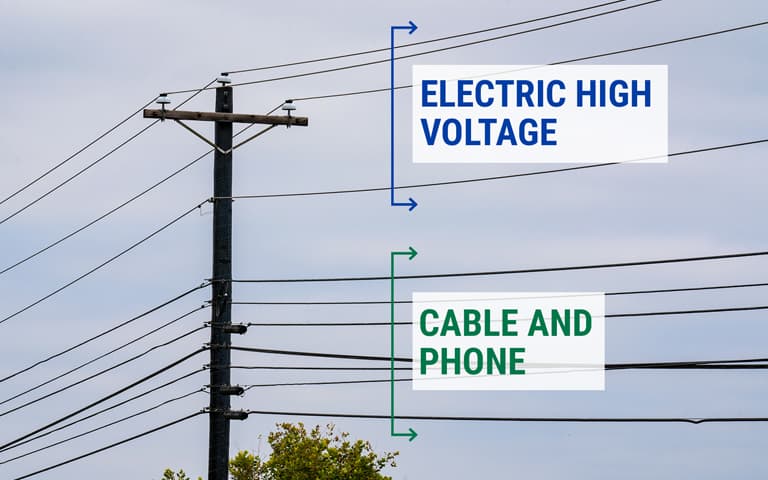
The telephone network is known by several names, such as PSTN, landlines, Plain Old Telephone Service (POTS), or fixed-line telephones. This system has been in general use since the late 1800s.
Using underground copper wires, this legacy platform has provided businesses and households with a reliable means to communicate with anyone worldwide for generations.
History of the PSTN
The PSTN can be traced back to the late 1800s when inventors like Alexander Graham Bell and Elisha Gray released the first usable telephone systems. These early phones used copper wires and could only communicate point-to-point.
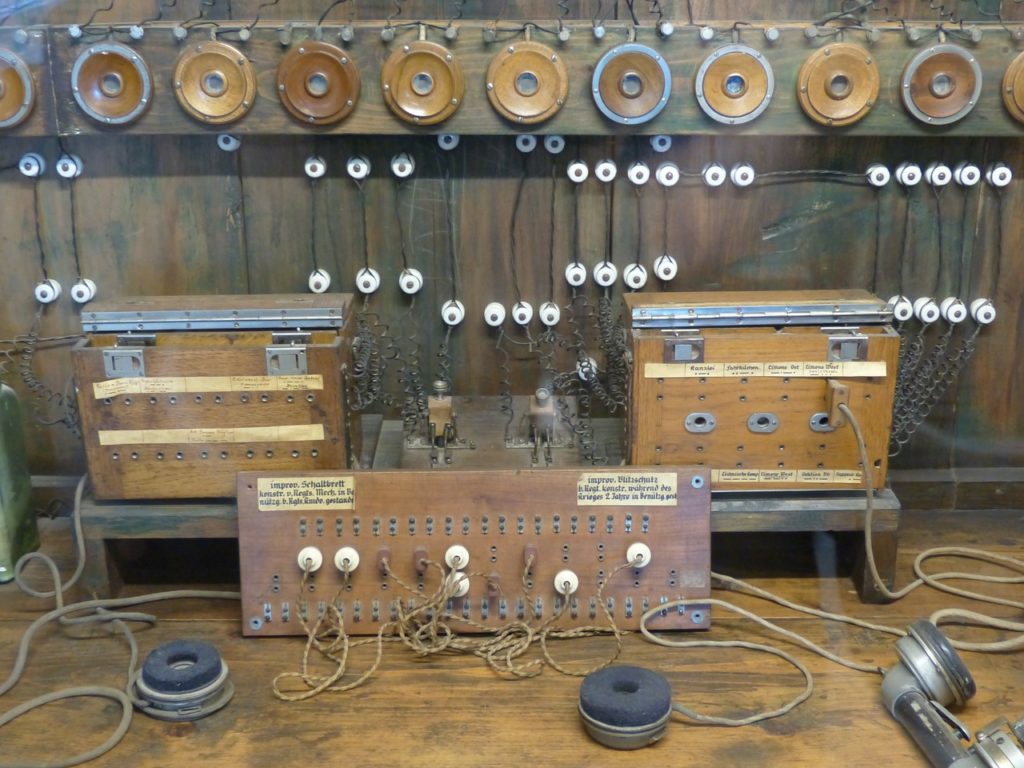
Manual switchboards caught on in the late 1800s and early 1900s. These exchanges allowed operators to plug and unplug cords to connect calls manually.
A major change came in the late 20th century with automated switching, which eliminated the need for manual call handling. This is when the traditional PSTN came into play and later spread worldwide. Undersea cables and satellite communications further facilitated international voice communications.
The 1970s and 1980s saw another change in the public telephone network, where digital technology emerged. Digital switching systems replaced analog systems, allowing for better call quality and data transmission over telephone lines.
Despite all the innovations in PSTN, it remained an old, sluggish, and limited technology. The need for better communication, especially in the business environment, gave way to VoIP phones.
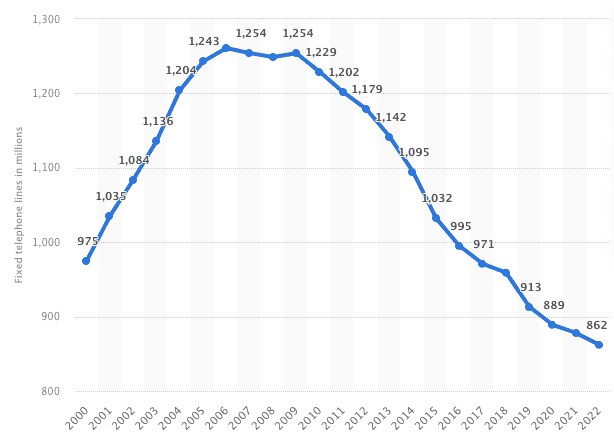
PSTN phones are widely used and still accepted as a standard form of communication owing to their reliability and worldwide infrastructure. However, they’ve seen a steady decline over the last decade.
In fact, there are currently just 862 million fixed-line telephone subscriptions in use worldwide, the lowest this century.
Many telecoms have gradually replaced outdated PSTN infrastructure with modern IP-based networks capable of handling both voice and data traffic.
How the PSTN Works
Think of a PSTN as a combination of worldwide telephone networks, including telephone lines, fiber optic cables, switching centers, cellular networks, satellites, and cable systems. PSTN helps telephones communicate with each other.
Put simply, when you dial a phone number, your call moves through the network to reach its destination – and two phones connect. To fully understand how Plain Old Telephone Service (POTS) works, consider what happens when you dial a number from your phone.
From telephone handset to Central Office
Your telephone set converts your call (sound waves) into electrical signals and transmits them over network cables to a nearby exchange or terminal. The terminal collects these signals and determines where your voice (converted into electrical signals) goes next.
Central Office call routing
The call next goes to a tandem office (a regional hub that routes calls to distant central offices) or to a central office (for local calls). The central office routes the call through a fiber optic cable that converts the electrical signals into light pulses.
From the Central Office to the terminating number
The relevant center office picks up the light pulses, converts them into electrical signals, and sends them to the target terminal. The destination terminal forwards the call through sound waves to the appropriate telephone number.
It’s natural to be confused about how PSTN works behind the scenes. Remember that it takes a few seconds for your call to reach its destination via fiber optic cables and a global network of switches. It’s like changing buses to reach your final destination, only faster.
Nationwide calling is the norm, thanks to interconnected telephone networks. But since the lines were installed, telecom providers have since become pioneers in data networks, which operate faster and carry VoIP and other communication technologies.
PSTN Architecture
PSTNs are all about switching, which forms the backbone of traditional telephone networks. When a call is made, switches create a wired connection between two phones, maintaining it for as long as the call lasts.
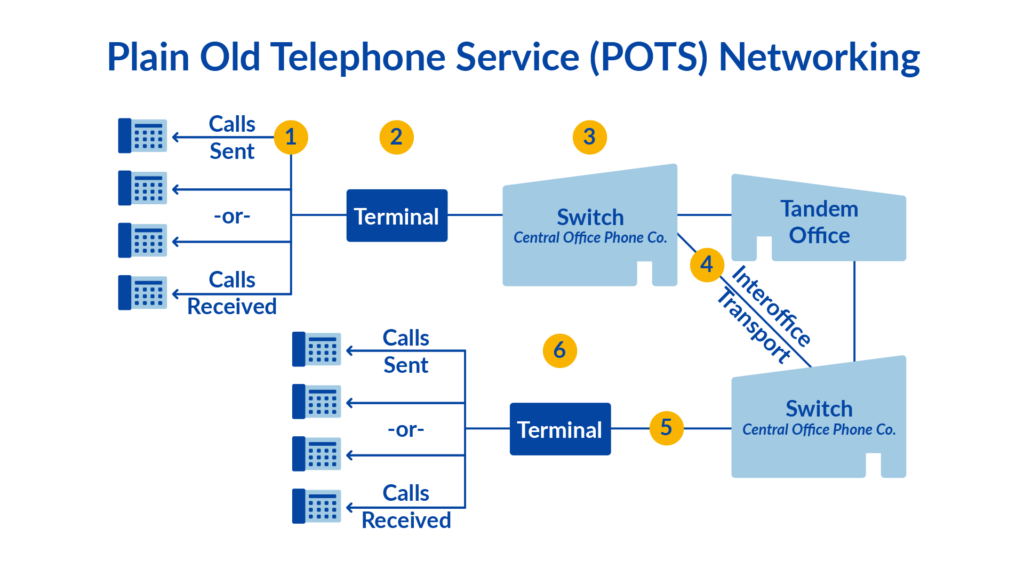
Here are the four main elements that make up the PSTN architecture.
- The local exchange: A local exchange – consisting of one or more exchanges – connects subscribers to a PSTN line. Also known as a central office or a switching exchange, a telephone exchange can have up to 10,000 lines. All phones are connected to the local exchange in a specific area. The exchange identifies the number dialed to route the call to the correct destination.
- The tandem office: Also known as a junction network, a tandem office serves a large geographic area with multiple local exchanges while managing switches between local exchanges. Let’s say you dial the number of a client living in the same city but in another suburb. In this case, your call routes to a tandem office from your local exchange. The tandem office forwards the signal to the local exchange closest to your client’s location.
- The toll office: Every national long-distance switching takes place here. A toll office is connected to all tandem offices. For instance, if you dial a branch of your office in another city, your call will go through a toll office.
- The international gateway: International gateways manage international call switching, routing domestic calls to the appropriate countries.
How Much Does Access to the PSTN Cost?
How much would installing and using a PSTN phone system in your home or office cost you?
Cost for Consumers
To get a PSTN phone connection at home, you need a telephone set and a PSTN provider. A decent phone can be bought from Walmart or Amazon for less than $60, while basic phone service with unlimited local calls costs up to $30 monthly.
If you need a plan with unlimited local and national calls, you can get one for less than $50 a month. You pay $90-$110 for the first month and then $30-$50 per month. Not bad for a single household phone line.
Cost for Businesses
Things change dramatically when you switch to companies. You need a separate line for each employee to get a PSTN phone system for your business. For this reason, most businesses prefer VoIP over traditional phone systems.
Small businesses with 10 employees or fewer can opt for a monthly plan for as little as $30 per month per connection. And, of course, you’ll need to purchase handsets too.
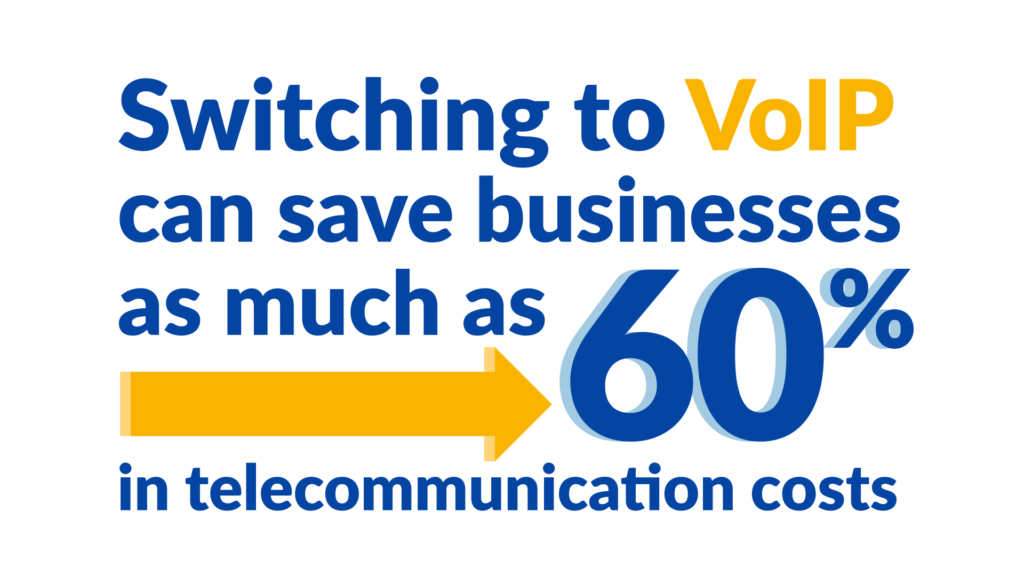
To connect up to 40 employees to the PSTN, a Key System Unit (KSU) is your best bet. It offers multiple features and is better than a regular phone line. Remember that a KSU is expensive to acquire; it costs approximately $800 or more per line
Private Branch Exchange (PBX)
Large companies with 40 or more employees typically opt for a Private Branch Exchange (PBX).
One of the types of PBX systems connects calls over the PSTN. Generally, PSTN is more used in residential applications and PBX systems in business environments. It offers call transfer, call conferencing, auto attendant, voicemail, call holding, and more business-specific features.
Since a PBX comes with hubs, switches, phone adapters, routers, and several telephone sets, it costs more. Most businesses use PBX phone systems because they’re easier to use. However, installing and managing them is expensive. Actual costs may vary depending on the number of features you want and the PBX’s complexity.
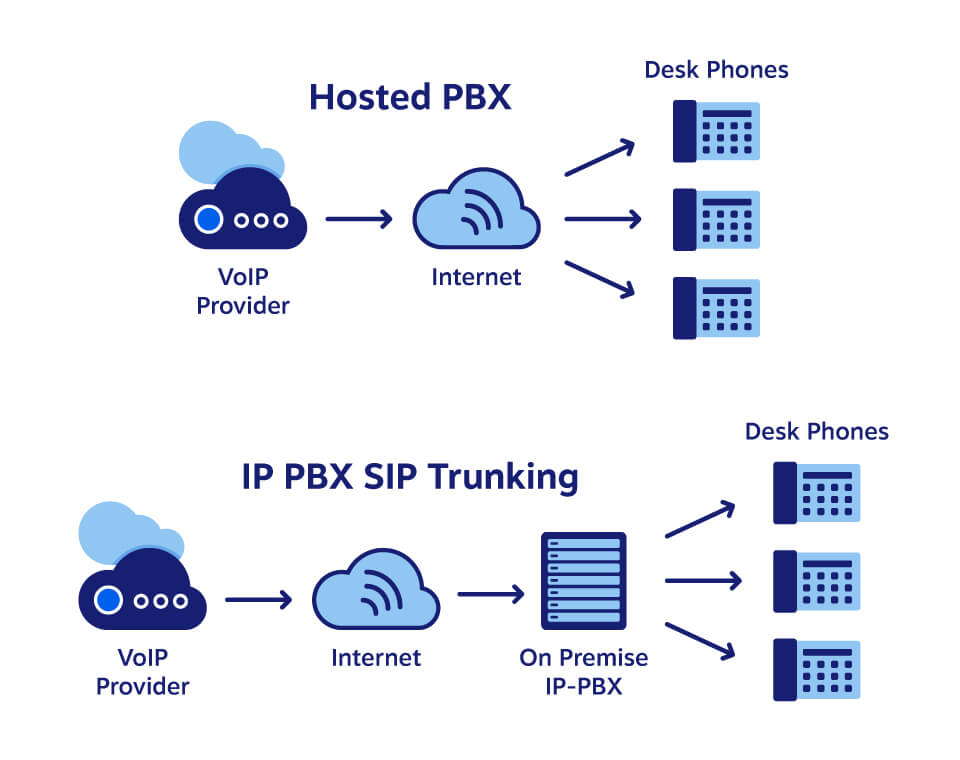
The installation and setup fee can be as high as $4,000. Monthly maintenance costs start at $600 and can go up to $2,000. The annual maintenance cost of a PBX can reach $10,000!
Analog-based PSTN phones are generally expensive. Most companies don’t like them and are switching to cloud-based phone systems.
Comparing PSTN Alternatives
PSTN systems offer a handful of features but aren’t particularly optimal for use in a business setting. It costs a lot and runs on old technology, both big red flags for faster and more efficient communication. On top, PSTN phone networks transmit limited data types.
PSTN vs. ISDN
Both PSTN and Integrated Services Digital Network (ISDN) carry voice over traditional copper-based telephone lines or fiber optic cables but with some inherent differences.
| PSTN | ISDN |
|---|---|
| Traditional analog phone system | Digital telecommunications system |
| Supports basic voice calls and limited data services such as faxing and dial-up internet connections | Offers high-quality, faster, and reliable voice, data, and video transmission compared to PSTN |
| Not suited for business communications or higher call volumes | Suited for businesses and advanced communication needs |
| Cheaper but fewer features offered | Offers high-quality, faster, and more reliable voice, data, and video transmission compared to PSTN |
ISDNs aren’t used these days. It was one of the first forms of higher-speed internet in the days of dial-up. But if you’re curious, this Reddit post explains it perfectly.
Comment
by u/Happyland_O_Death from discussion ELI5: What is ISDN?
in explainlikeimfive
PSTN vs. VoIP
Voice over Internet Protocol (VoIP) is another modern, more advanced, and reliable alternative to the PSTN. It’s also known as IP telephony, broadband telephony, or internet telephony, but means the same thing: your voice transmitted through the internet — voice over IP.
Unlike PSTN, which uses a network of wires to route calls, a VoIP phone uses only a DSL or cable modem connected to the internet. The voice signal is converted into a digital signal that reaches its destination via the internet. However, if you dial a PSTN number from your VoIP, your call will be transmitted through an exchange.

VoIP works for all types of calls, data transfers, and more. The PSTN uses circuit switching to connect calls. Business phone systems use digital packet switching. Digital switching is more efficient than circuit switching because data is sent and received as needed. A permanent connection isn’t maintained for the entire duration of the call.
Plus, VoIP systems don’t use dedicated lines. Instead, the data packets use routers and the internet. Each data packet travels through the least congested and shortest path that PSTNs aren’t smart enough to do.
Because packet switching is efficient and cost-effective, businesses now widely use VoIP.

A 2022 study commissioned by Spiceworks Ziff Davis reported that 31% of organizations use a unified communications solution. This figure reflects a whopping 41% growth in VoIP since 2019. Lower cost, easier deployment, and more functionality make voice over IP the standard for business communications.
Here’s a closer, feature-by-feature comparison between PSTN and VoIP to ease your choice.
| Feature | VoIP | PSTN (Landline) |
|---|---|---|
| Connection type | Transmits data via an internet connection. Voice is converted into a digital signal. | Transmits voice via dedicated POTS line. The voice data travels in the form of electrical signals. |
| Switching | Uses packet switching that doesn’t require a dedicated line. | Uses circuit switching that requires a dedicated transmission line. |
| Bandwidth | Uses bandwidth as per requirement. VoIP networks don’t reserve any bandwidth in advance and can work with as low as 10kbps. | POTS requires up to 64kbps, and all the bandwidth is reserved in advance. |
| Upgrading | Upgrading a VoIP phone system is rather easy. You need to increase bandwidth and update the software. No additional hardware is required except telephone sets. | Upgrading a PSTN telephone system is complex. You need dedicated lines, and you have to add new hardware, which makes upgrading a pain. |
| Setup cost | It costs between $700 and $1400 to set up and install a VoIP phone system for 30 employees. Actual cost may vary depending on the features and add-ons you opt for. | It costs between $8000 and $12000 to set up and install a PSTN telephone system for 30 employees. Actual cost may vary depending on the features and add-ons you opt for. |
| Call cost | You’re not charged based on distance. You get free VoIP to VoIP calls. International and mobile calls might get a little expensive. | Calls are charged based on distance. Local calls are cheaper as compared to national or international calls. International and mobile calls are expensive. |
| Monthly cost | The monthly cost per user can range from $20 to $35. | monthly cost per user can range from $30 to $60. |
| Maintenance cost | VoIP doesn’t require a lot of maintenance. But if you do, it won’t cost you a lot of money since you mostly deal with software. | If you use a PBX for your business. In the case of a normal PSTN connection, you’ll need minimal maintenance. |
| Long-distance calls | Long-distance phone calls are up to 90% less expensive than traditional phone lines. Rates are as low as $0.01 per minute. | Long-distance calls come with tolls, special calling plans, and unexpected costs — some rates as high as $6 per minute. |
| Add-ons | Most VoIP phone networks come pre-loaded with all the add-ons and features, such as voicemail, call conferencing, auto attendant, virtual faxing, line monitoring, and more. | You get basic features for free such as call waiting, caller ID, and others. However, you’ll be charged extra if you need more features like conference, 3-way calling, etc. |
| Biggest advantage | Cost-effective for businesses of all sizes in terms of setup cost, maintenance cost, monthly cost, or upgrade costs. | Call stability is one of the best features of a PSTN. You’d rarely experience a call drop or voice distortion. |
| Biggest drawback | Your VoIP phone system won’t work in case of a power or internet outage. Legacy alarm systems will require a VoIP adapter to function. | PSTN is expensive for businesses. You have to spend a lot of money on maintenance, upgrades, and hardware as your business grows. |
| Softphones | Supports softphones to make and receive phone calls on the go without a physical phone. | Softphones aren’t available. |
| Overall efficiency | VoIP is quite efficient in terms of data transmission as well as cost. | Quite inefficient when it comes to data transmission and cost. |
| Security | VoIP security depends on your internet connection. | Highly secure since you use dedicated lines. |
| Phone set | You can use a softphone, an SIP phone, or your landline phone with an ATA. The SIP phones for businesses are available at different prices. | Telephone sets are inexpensive. |
| Integration | VoIP phone networks can integrate with any software or a third-party tool such as sales CRM or email marketing software. Interconnectivity isn’t a problem. | PSTN doesn’t support integrations. |
Why VoIP Is Better Than PSTN
If you’re still using a PSTN, PBX, or just any tech running on Plain Old Telephone Service, consider these factors to invest in better business communications technology. Your wallet and customers will thank you.
1. Better Cost Savings
Switching from a PSTN phone network to VoIP is costly because you lose your existing hardware, but it will save money in the long run.
VoIP reduces local calling costs by a whopping 40%, and softphones can save your business up to $1,727 monthly. Switching from PSTN to VoIP can save you up to 65% monthly.
2. Better Customer Service
VoIP phone systems come with several features at no additional cost. These features add functionality to your customer service team, improving response times, and amping up daily resolutions.
For instance, with a call forwarding feature, you can automatically transfer calls to an available agent so your customers don’t have to wait.
87% of consumers want brands to do their best to provide a seamless experience, and half of consumers expect a response within 24 hours. If you’re a small business or just starting out, think of the impact good customer service can have on building your reputation from the ground up.
Related: 30 Customer Service Tips (with Examples)
3. Better Productivity
Happy customers mean better service, less stress, and smoother work processes, all contributing to employee morale, satisfaction, and productivity. VoIP plays a huge role in building and driving the pillars of productivity.
A joint study by Cisco and Sage Research has shown that unified messaging saves employees 43 minutes a day and mobile workers 55 minutes daily. Unified communications can help businesses with 100 employees reclaim up to 191 hours per day and $920,000 per year in productivity.
This powerful combination of customer satisfaction and advanced communications boosts a company’s overall performance and success.
4. Better Scalability
As you expand and onboard new employees, you need new phones. Using a PSTN means buying, installing, and adding new hardware and wiring for these phones. Costly, time-consuming, and slow!
Unlike traditional phone systems, VoIP is a better option for adding new lines as your business grows. Adding new connections is dead cheap, and you can do it instantly without upgrading the hardware.
If you can’t afford new telephones, your employees can use softphones on their computers, smartphones, or laptops. Scaling a VoIP phone network is also pretty easy compared to a PSTN network, which requires a lot of resources.
The Phone System Businesses Trust
The secret’s out. See why businesses ditched landlines for the cloud.
FAQs About PSTN & VoIP
Here’s what you need to know before replacing your PSTN with VoIP.
Yes, it can. Use an Analog Phone Adapter (ATA) that converts your traditional phone device into a digital phone set to use with your VoIP phone system. However, you cannot access all the features and add-ons of your VoIP network with a landline phone. It’s best to use a SIP-enabled VoIP phone in such a case.
One of the requirements to switch to VoIP is sufficient bandwidth. You need 100 Kbps per device. So for 100 devices, you need 10 Mbps bandwidth. However, ensure that your internal network isn’t congested; otherwise, you might experience network jitter.
You need a reliable internet connection, a SIP-enabled device, and a reliable business VoIP provider like Nextiva. Our award-winning service team offers you telephone sets and all the necessary support.
No, not at all. You can get started immediately without training. VoIP desk phones work just like traditional phones, so anyone can use them. VoIP also works reliably on mobile phones and desktop computers with its full-featured business phone apps.
Ready To Switch To VoIP?
No matter how much you love your PSTN phone system, the tech is outdated and probably not a good fit for your business. You need a trusted, fast, and reliable cloud PBX – where Nextiva can help!
The POTS phones are great but are no match for a VoIP service provider. As some broadband networks phase out PSTNs, also known as PSTN switch-off, you’ll inevitably have to move on from PSTN. So why not sooner than later?



